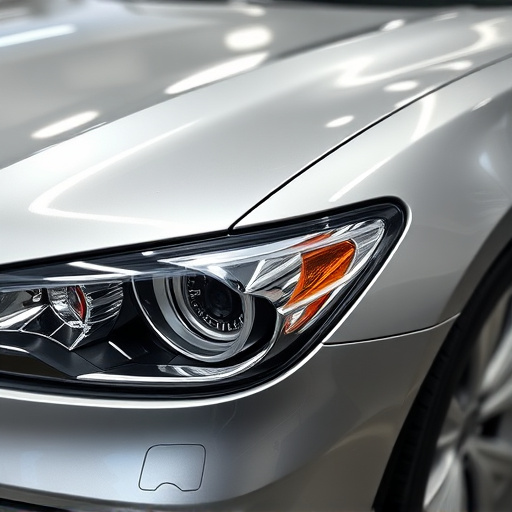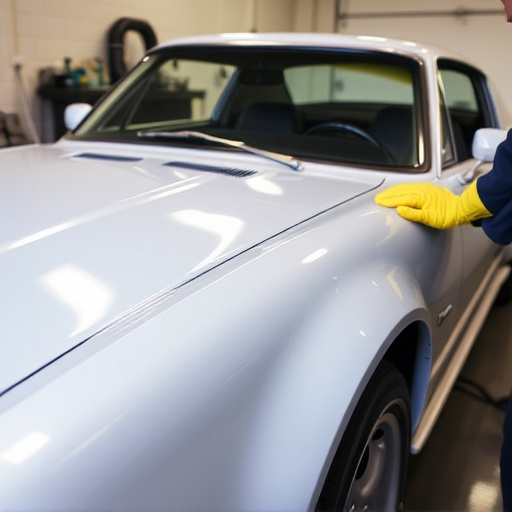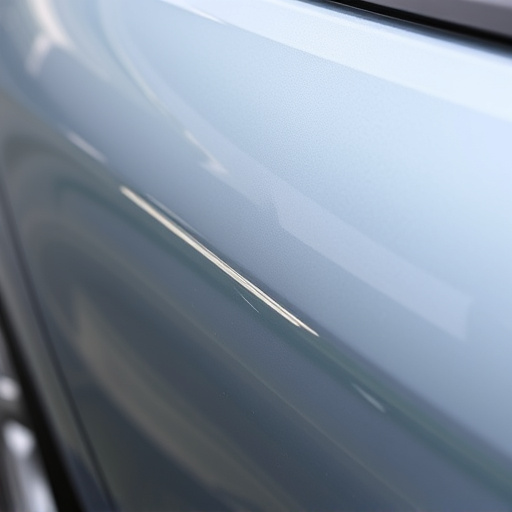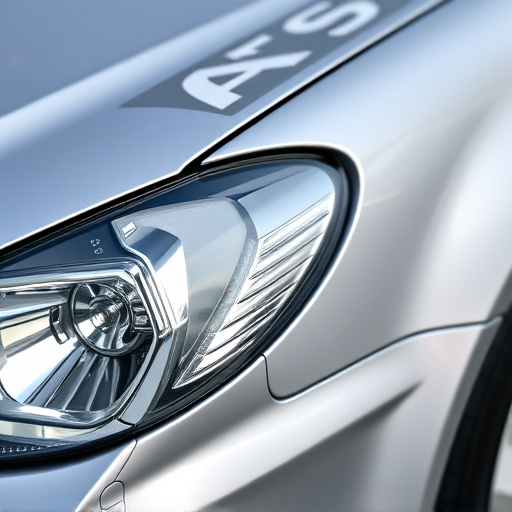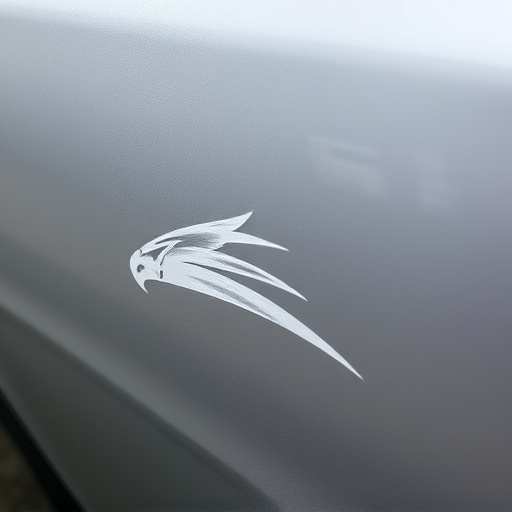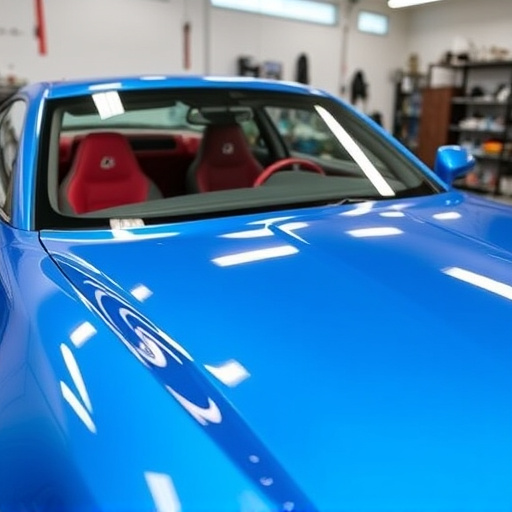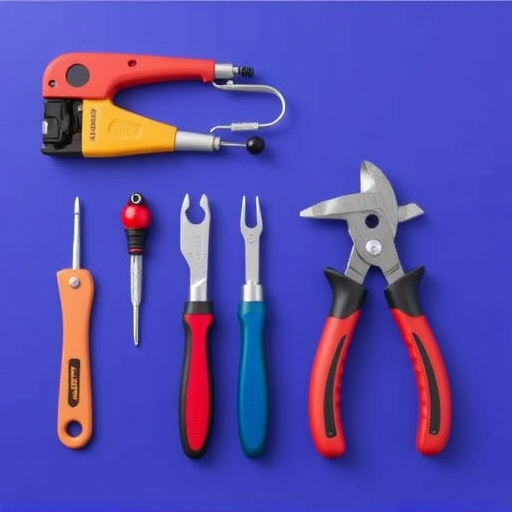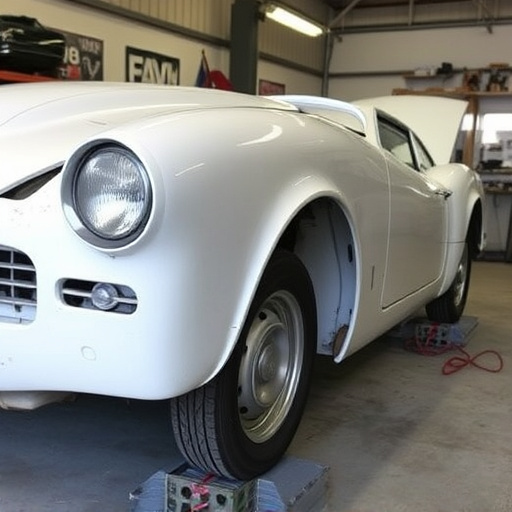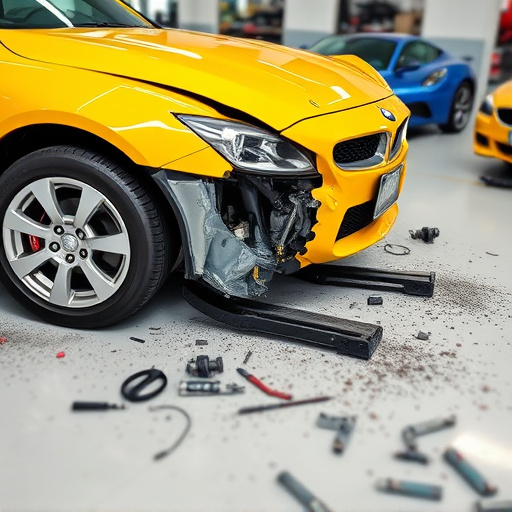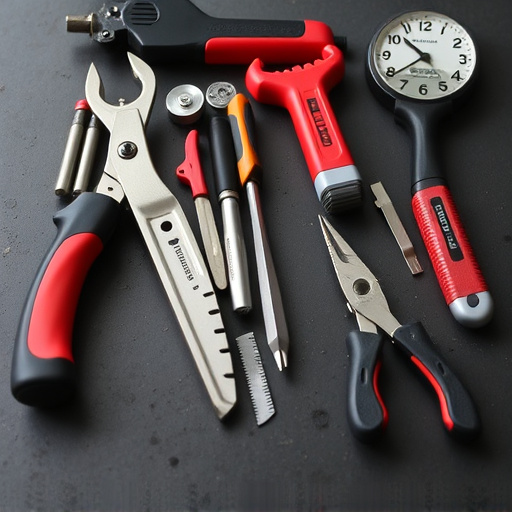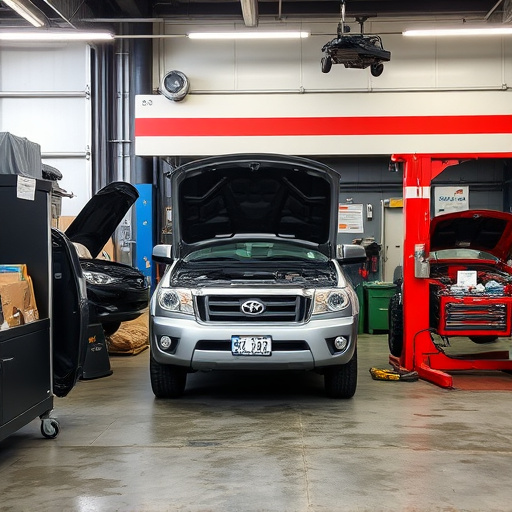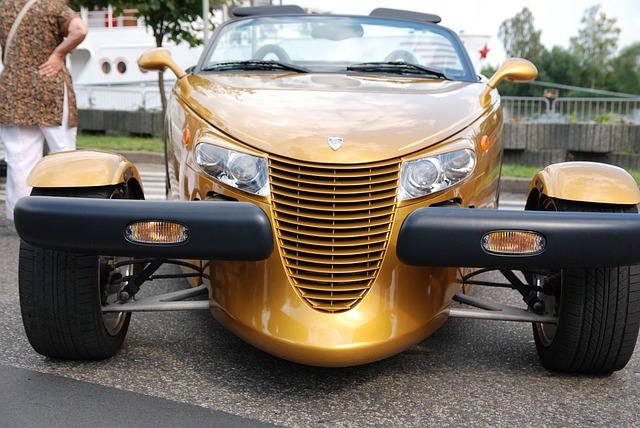Rocker panel replacement is crucial for maintaining vehicle aesthetics and value. Partial repairs, or patching, offer cost and waste savings while preserving the original finish. Full panel replacement provides a complete exterior makeover but is more expensive. Skilled labor ensures optimal results across all methods.
When it comes to car body repairs, choosing between partial and full panel replacement can be daunting. This article breaks down the options, focusing on rocker panels—essential components for vehicle stability. We’ll explore the function of rocker panels and delve into the advantages and trade-offs of partial versus full replacements. Understand the nuances to make an informed decision, especially with regard to rocker panel replacement techniques that could save costs and time without compromising safety.
- Understanding Rocker Panels and Their Function
- Benefits and Considerations of Partial Replacement
- Full Panel Replacement: Pros and Potential Challenges
Understanding Rocker Panels and Their Function
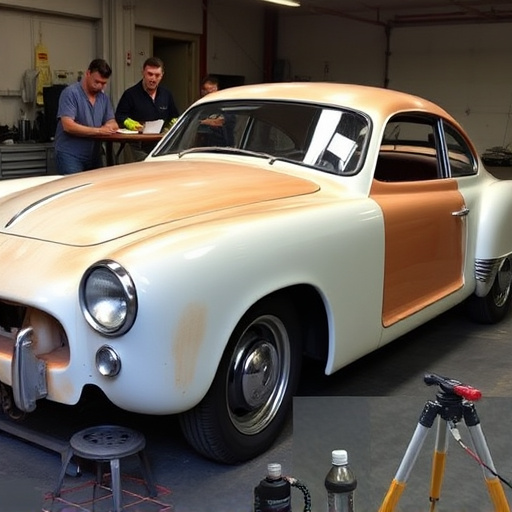
Rocker panels are an integral part of a vehicle’s exterior, running along the sides of the car from the front fenders to the rear doors. They serve multiple functions, including protecting the underbody and providing structural support. These panels also contribute to the overall aesthetics of a car, adding to its sleek or rugged appearance, depending on the vehicle’s design.
When it comes to repairs, rocker panel replacement is a common task in collision damage repair and car bodywork services. Over time, these panels can sustain damage from road debris, accidents, or rust, leading to dents, cracks, or complete detachment. Unlike full panel replacement, which involves swapping out entire doors or body sections, rocker panel replacement focuses on repairing or replacing just the damaged section. This process often employs techniques like paintless dent repair, ensuring minimal disruption to the car’s original finish and preserving its value through efficient and effective repairs.
Benefits and Considerations of Partial Replacement
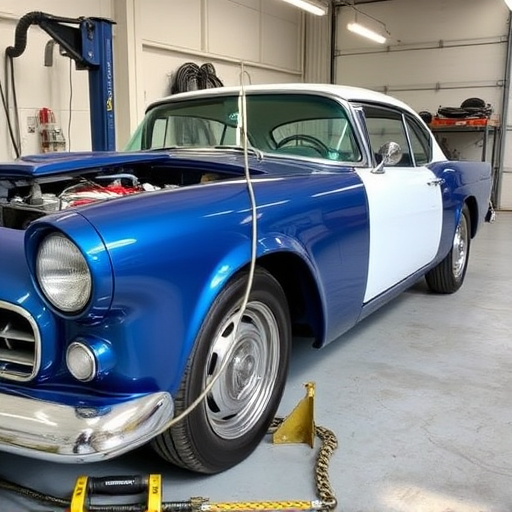
Partial rocker panel replacement, or what some call a rocker panel patch, is a cost-effective solution for damaged or dented rocker panels. This method involves repairing and restoring only the affected area rather than replacing the entire panel. Benefits include saving money on materials and labor costs compared to a full panel replacement. It also retains the original factory finish and overall integrity of the vehicle’s body, preserving its value.
When considering rocker panel replacement, it’s crucial to assess the extent of the damage. Smaller dents or cracks can often be repaired effectively using this partial approach, especially if they haven’t penetrated the metal or affected structural components. This process involves skilled automotive collision repair techniques such as patching and painting, which ensure a seamless finish that matches the vehicle’s original appearance. Moreover, it offers a more sustainable option for environmentally conscious owners, minimizing waste from replacing entire panels.
Full Panel Replacement: Pros and Potential Challenges

Full Panel Replacement offers a comprehensive solution for severe damage or an outdated look. Pros include a complete transformation, ensuring your vehicle regains its original aesthetic appeal. This method is ideal when multiple panels require attention or to achieve a seamless, uniform finish across the entire exterior. However, potential challenges exist. It can be more costly than rocker panel replacement alone, as it involves replacing all damaged or old panels. The process also demands skilled labor and may take longer, especially if custom work is needed. Additionally, vehicle paint repair becomes a critical aspect, requiring expert techniques to match the original color perfectly. Many automotive body shops cater to these needs, but finding a reputable car repair shop with experienced technicians is essential for optimal results.
When deciding between rocker panel replacement and full panel replacement, considering both the benefits and challenges of each approach is crucial. Partial replacement offers a cost-effective solution for minor damage, preserving the original vehicle structure and maintaining integrity. Conversely, full panel replacement provides a complete makeover, enhancing aesthetics and addressing structural concerns head-on. Whether choosing partial or full, ensuring proper installation and utilizing high-quality materials is paramount for optimal results in rocker panel repair.
